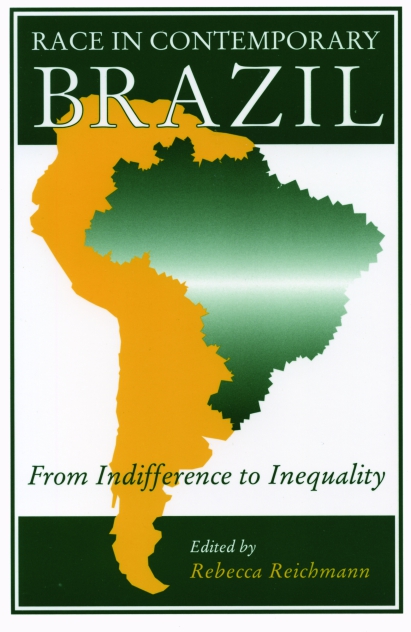“Funny—You Don’t Look Jewish!”: Racial, Ethnic, and Religious Identities of Children of Asian American and Jewish American Spouses
Journal of Jewish Identities
Issue 8, Number 1, January 2015
pages 129-148
Helen Kim, Associate Professor of Sociology
Whitman College, Walla Walla, Washington
Noah Leavitt, Research Associate
Department of Sociology
Whitman College, Walla Walla, Washington
Rachel Williams
Whitman College, Walla Walla, Washington
Who is a Jew? What does it mean to be Jewish? Often connected to these questions is the subject of intermarriage among Jewish Americans, a demographic reality that has long been understood as problematic and threatening to the Jewish people because of the supposed dilution, and possible extinction, of Jewish identity and community that will necessarily follow when a Jew marries a non-Jew. Often, the most pressing concern regarding intermarriage is its impact on the Jewish identity of the children and grandchildren of these relationships. Will the offspring of intermarriage identify as Jewish? If so, what does Jewish identity mean for these individuals? Furthermore, what impact does Jewish identification or non-identification mean for the continuity of the Jewish people?
Currently, the debate regarding the continuity of Jewish identity and peoplehood as it pertains to intermarried couples and their children is unresolved, especially within the realm of academic scholarship pertaining to this subject. Most notably, the Pew Research Center’s 2013 Portrait of Jewish Americans acknowledges that, according to its findings, support exists for both sides of the debate. In their discussion of the Pew survey, Gregory A. Smith and Alan Cooperman note that adult children of intermarriage are more likely to identify as religiously agnostic, atheist, or nothing in particular than those born to two Jewish parents. This difference may suggest the eventual erosion of Jewish religious identification as a result of intermarriage. Smith and Cooperman also note, however, an increase in Jewish identification in adulthood among offspring of intermarriage. Thus while intermarriage may be leading to a significant decrease in religious identification, it may be contributing to an increase in a different type of Jewish identification that is no less important.
Some scholars have argued that the debate and scholarship regarding intermarriage as assimilation and an erosion of Jewish authenticity stifles innovative ways to think about and encourage more nuanced conceptions of Jewish identity and, subsequently, Jewish belonging and community. These critiques often point to the importance of broadening our understanding of Jewish identity through frameworks and methods that complicate common notions of Jewish authenticity based in religiosity and descent.
Our exploratory qualitative study of adult children born to Asian American and Jewish American spouses adds to the debate regarding intermarriage and Jewish authenticity by investigating how Jewish identity is negotiated through the lenses of religion and race. We argue that multiraciality and Jewish identity are intrinsically connected for respondents in our sample. Our work derives from a larger project on intermarriage between Jewish Americans of any racial or ethnic background and Asian Americans of any ethnic or religious background.
More specifically, we seek to understand how children of mixed backgrounds experience and think about their Jewish identity in light of their position as children of intermarried spouses who are ethnically, religiously, and racially different. While our findings are not generalizable to a larger population, they do call into serious question the conceptualization and, for some, the strongly held belief that intermarriage between Jews and non-Jews necessarily results in an erosion of Jewish identity and community through children and subsequent generations. Rather, our interviews with children of multiracial intermarriages point to the maintenance of many traditional markers of Judaism and Jewish identity commonly associated with certain institutional affiliations at the same time that they challenge and offer newer understandings of Jewish authenticity through the lens of external and internal racial identification. Thus, our findings emphasize the importance of understanding these kinds of identity negotiations within a larger national landscape that is increasingly multiracial and multicultural. Put differently, the U.S. population, including its Jewish and Asian American populations, is becoming increasingly multiracial and multiethnic and is doing so, in large part, through intermarriage broadly construed. In this sense, our work highlights the importance of understanding how our respondents think about their identity, whether racial, ethnic, or religious, within a demographic landscape that is changing at a pace much faster than the debate regarding intermarriage fully acknowledges.
The data for this paper comes from qualitative in-depth interviews conducted in 2011 with twenty-two adult children, ages eighteen to twenty-five, of Jewish and Asian intermarriages, residing in the San Francisco Bay Area and in parts…


